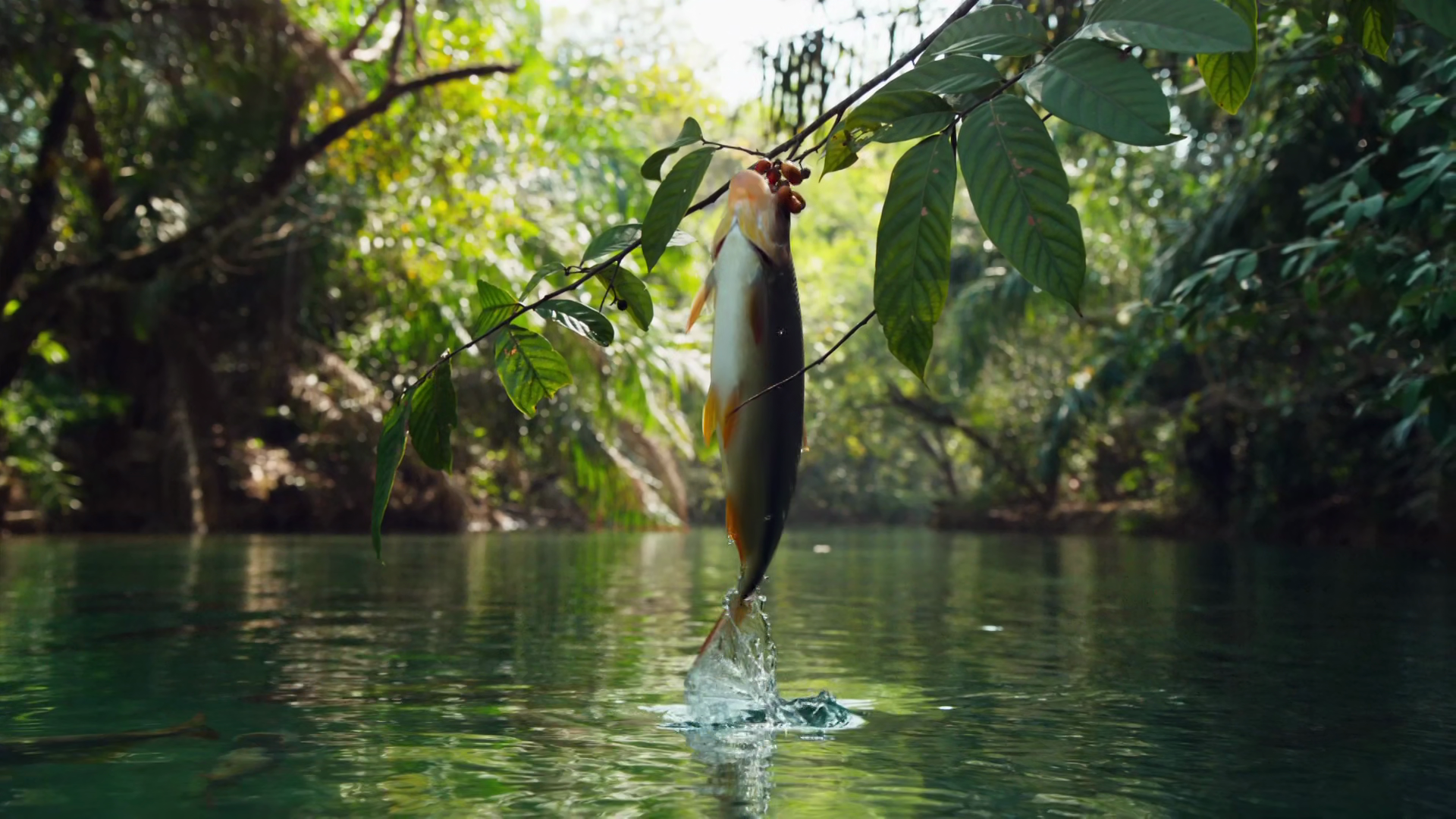The listing below tells where the chimpanzee occurs in Attenborough’s works. The Readers Digest books are left out, for the time being. It should also be pointed out that the book accompanying the series Dynasties has a special chapter dedicated to the species. Instead of detailing each of the photos a “?” should suffice, at least for the moment.

Chimpanzees have been very widely used in the Attenborough related documentaries. Should not be so surprising because of their close relationship with us.
The discussion in the ‘Mammals’ book feels like a summary of what has been said in the earlier books, these being Attenborough’s final words about the subject.
In the most recent series, ‘Dynasties’ the hierarchy in among chimpanzees was implied as being shown for the first time, but this was already hinted at in the episode about power play in the ‘Life Story’ series: a normal chimp decides to try to earn himself a higher rank among the troops and learns a valuable lesson in the meantime.












